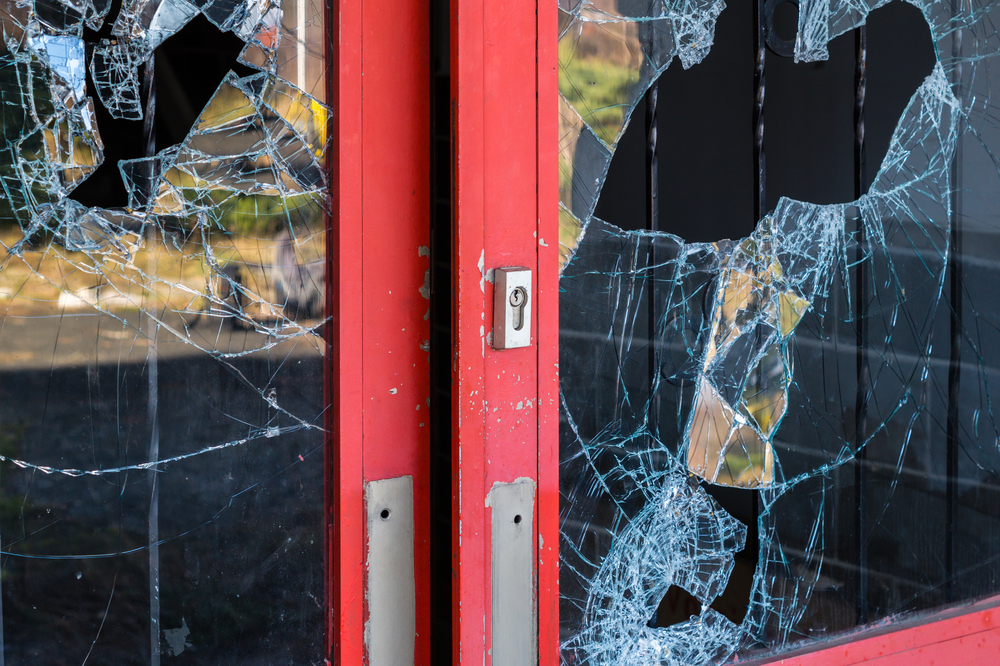Emergency Window Repair: A Guide to Addressing Home Window Emergencies

Home windows are essential for letting in light, providing ventilation, and offering views of the outside world. However, they can sometimes face emergencies that require immediate attention. Whether it’s a cracked pane, a broken latch, or a completely shattered window, knowing how to handle these situations can prevent further damage and ensure your home remains secure. In this guide, we’ll walk you through the steps to take during an emergency window repair, from assessing the damage to finding the right solution.
Assessing the Damage: Understanding the Scope of the Problem
The first step in addressing any window emergency is to assess the damage. This involves carefully inspecting the window to determine the extent of the issue. Here are some common types of window emergencies and how to identify them:
Types of Window Emergencies
- Cracked or Broken Glass: If you notice a crack or a completely shattered pane of glass, this is a clear emergency. Broken glass not only compromises the security of your home but also poses a safety hazard.
- Broken Window Frame: A damaged or broken window frame can affect the stability of the entire window structure. Look for signs of splintered wood, rusted metal, or other structural issues.
- Failed Window Seals: If you notice condensation between double-paned windows or drafts coming through, it could indicate a failed seal. While not as urgent as broken glass, failed seals can lead to energy loss and should be addressed promptly.
- Faulty Window Hardware: This includes broken locks, hinges, or cranks that prevent the window from opening or closing properly. Inefficient hardware compromises both security and functionality.
Immediate Steps: What to Do in a Window Emergency
When faced with a window emergency, taking immediate action is crucial to prevent further damage or safety risks. Here are the steps to follow:
Safety First
- Secure the Area: If there is broken glass, ensure pets, children, and other household members stay away from the area to avoid injury.
- Wear Protective Gear: Use gloves and eye protection when handling broken glass to prevent cuts and injuries.
Temporary Solutions
- Cover the Area: For broken glass, use cardboard, duct tape, or a tarp to cover the window temporarily. This helps prevent drafts and keeps out rain or debris.
- Seal Cracks: If there are small cracks in the glass, you can use clear nail polish or tape to prevent them from spreading until repairs can be made.
Contact a Professional
- Find a Window Repair Specialist: Look for a local window repair company that offers emergency services. They can assess the damage and provide a permanent solution.
- Emergency Glass Replacement: In cases of shattered glass, a professional can safely remove the broken pieces and install a new pane quickly.
Long-Term Solutions: Repair or Replace?
Once the immediate emergency has been addressed, you’ll need to decide whether to repair or replace the window. Here are factors to consider:
Repairing the Window
- Cost-Effective: Minor repairs such as replacing hardware or fixing small cracks are often more affordable than full replacements.
- Preserves Character: Repairing existing windows can maintain the architectural integrity and aesthetic appeal of your home.
Replacing the Window
- Severe Damage: If the window frame is extensively damaged or the glass is shattered beyond repair, replacement may be necessary.
- Energy Efficiency: Newer windows with double or triple-pane glass and improved seals can enhance energy efficiency and reduce utility bills.
Choosing a Window Repair Service
When selecting a window repair service, consider the following:
- Experience and Reputation: Look for companies with experience in emergency window repairs and positive customer reviews.
- Certifications and Insurance: Ensure the company is licensed, bonded, and insured to protect yourself from liability.
- Guarantees and Warranties: Ask about warranties on both the materials and labor to ensure quality and longevity.
Preventing Future Emergencies: Maintenance Tips
To avoid future window emergencies, consider these maintenance tips:
- Regular Inspections: Check windows periodically for signs of wear, damage, or deterioration.
- Weatherproofing: Apply weatherstripping or caulking around windows to improve energy efficiency and prevent drafts.
- Trim Surrounding Vegetation: Keep shrubs and trees trimmed to reduce the risk of branches hitting windows during storms.
By staying proactive and addressing window issues promptly, you can ensure your home remains safe, secure, and energy-efficient.
Conclusion
While window emergencies can be stressful, knowing how to respond can make all the difference. By assessing the damage, taking immediate safety precautions, and choosing the right repair or replacement option, you can restore your home’s comfort and security swiftly. Remember, for severe damage or if you’re unsure about handling the repairs yourself, it’s always best to contact a professional window repair service. With their expertise, you can regain peace of mind knowing your home is in good hands.
